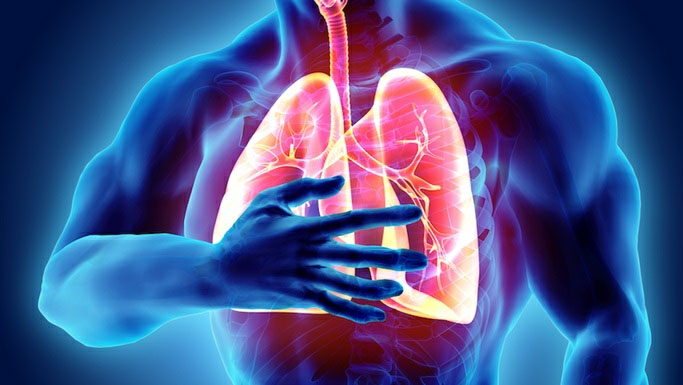A pulmonary embolism is a block
age in the pulmonary artery,
which supplies the blood to the lungs. It is one of the most common cardiovascular diseases in the United States.
Pulmonary embolism affects around 1 in 1,000 people in the US every year.
The blockage, usually a blood clot, prevents oxygen from reaching the tissues of the lungs. This means it can be life-threatening.
The word “embolism” comes from the Greek émbolos, meaning “stopper” or “plug.”
In a pulmonary embolism, the embolus, forms in one part of the body, it circulates throughout the blood supply, and then it blocks the blood flowing through a vessel in another part of the body, namely the lungs.
An embolus is different from a thrombus, which forms and stays in one place.
Severe symptoms call for immediate emergency medical assistance.
More severe cases may result in shock, loss of consciousness, cardiac arrest, and death.
Treatments for embolism aim to:
A first step in treating most embolisms is to treat shock and provide oxygen therapy. Anticoagulant medications, such as heparin, enoxaparin, or warfarin are usually given to help thin the blood and prevent further clotting.
People who need anticoagulant medications should seek treatment with an anticoagulant management service, not their primary care physician.
Clot-busting drugs called thrombolytics may also be administered. However, but these carry a high risk of excessive bleeding. Thrombolytics include Activase, Retavase, and Eminase.
WHAT TO KNOW ABOUT DEEP VEIN THROMBOSIS: Deep vein thrombosis occurs when blood clots form, typically, in a deep vein in the leg. Besides leg veins, the condition can affect veins in the pelvis.
If a person suspects that they may have DVT, they should seek immediate medical attention. The doctor will ask questions about symptoms and medical history before carrying out a physical examination. A doctor will usually not be able to diagnose DVT through symptoms alone and may recommend tests, including:
D-dimer test: D-dimer is a protein fragment that is present in blood after a blood clot fibrinolysis degrades a blood clot. A test result revealing more than a certain amount of D-dimer indicates a possible blood clot. Ultrasound: This type of scan can detect clots in veins, alterations in blood flow, and whether the clot is acute or chronic.










